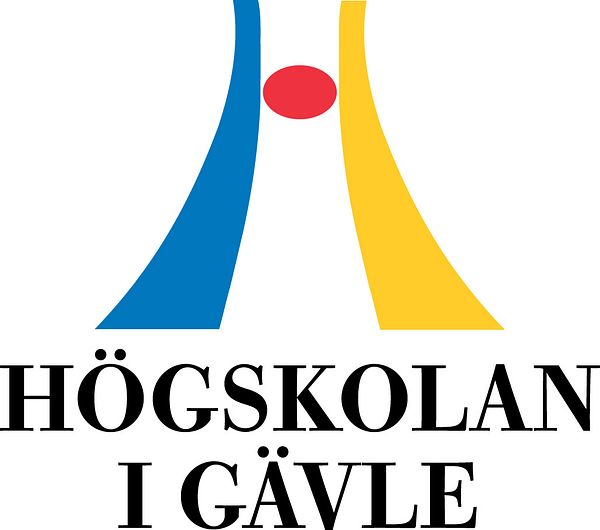Press release -
Do math teachers graduate without professional knowledge in how to teach?
“Newly graduated Swedish teachers would like to teach mathematics in another way, but they don’t know how, and they can’t start experimenting in class,” says Yukiko Asami-Johansson, researcher in mathematics at the University of Gävle.
According to Yukiko Asami-Johansson, earlier research shows that Swedish students studying programmes in education find it difficult to name a good math teacher but find it easy to name bad ones. Moreover, after having worked for a while, they say things like “The worst thing is that the only method I know is the one that I myself hated.”
“The problem is that math teachers in Swedish schools lack an established teaching culture to follow,” Yukiko says.
Teaching not a real profession?
Yukiko Asami-Johansson points out that ever since the 1960s the teaching profession has not been regarded as a real profession, compared to for instance physicians and lawyers.
Moreover, if a physician cannot cure a cancer patient, he does not take it personally, as it is science itself, knowledge shared with a community of physicians, that should cure the patient. In contrast, if a pupil cannot calculate with fractions, there are no universally shared professional tools to apply for the teacher.
“In this case, it is the individual teacher’s personal experience, not a professionally shared knowledge, that should ‘cure’ the pupil.”
Sharing knowledge is the key
For this reason, Yukiko has studied the professional knowledge of math teachers, especially in Japan, and how personal experience is disseminated to become shared knowledge.
“In Japan, there are established ways to share knowledge between math teachers. As a result, everyone has a similar view and that is the key.”
Yukiko stresses the fact that in Japan, teachers are encouraged to present material at national conferences and are given the opportunity to write books to share their experiences. Moreover, teachers must hold an open lesson every year, which gives teachers an opportunity to observe each other’s lessons and to discuss strengths and weaknesses afterwards.
This practice combined with the fact that everyone socializes and networks not only during school hours supports Japanese teachers in that it ensures that individual experience becomes everyone’s knowledge.
Toolboxes
In Japan, there are a number of professional terms used to name routines during lessons which are taught systematically in teacher education programmes.
“In this way, the future teachers are provided with a toolbox with its own language, like that of a painter or a mason in Sweden, and then when teachers use those terms everyone knows what they mean.”
The Japanese curriculum
The Japanese curriculum establishes that teachers should encourage and develop the pupils’ ability to work with mathematical problems by communicating with each other. In the programme, students are also given practical examples of how to teach so that learning outcomes in mathematics will be achieved. As a result, Japanese teachers use the board to help their pupils to develop their ability to reason, while teachers in Sweden tend to use it only to show problems and methods to solve these.
“By using problem solving methods, the pupils are supposed to find the beauty and the value in mathematics. There are so many committed and proficient Swedish math teachers, but it takes time to develop problems that are thought through and to write detailed lesson plans. In Japan, these are already in place, ready to use and to improve.”
As a researcher, Yukiko cannot say if the Japanese system is better or worse than the Swedish one. Her focus has been to explore the differences and the reasons behind these.
“It might be the case that more pupils reach a certain level in Japan, as teachers can encourage and stimulate them in more ways, but that may be at the expense of something else. We don’t know that at this point,” Yukiko Asami-Johansson concludes.
---------------------------------------------------------
Yukiko Asami-Johansson defended her doctoral dissertation "Conditions and constraints for transferring Japanese structured problem solving to Swedish mathematics classroom" at University of Copenhagen 4 October, 2019.
External reviewers: Professor Marianna Bosch (Universitat Ramon Llull Barcelona), Professor Takeshi Miyakawa (Waseda University, Tokyo), Associate Professor Ricardo Karam (University of Copenhagen)
Supervisor: Professor Carl Winsløw, (University of Copenhagen) Professor Iiris Attorps (University of Gävle)
------------------------------------
Yukiko Asami-Johansson, researcher at the University of Gävle
Phone: 070-538 34 25
E-mail: yukiko.asamijohansson@hig.se
Text: Douglas Öhrbom
Photo: Anna Sällberg
Topics
- School
Categories
- mathematics teacher
- mathematics
- didactics
- pedagogy
- education
- teacher
- yukiko asami johansson
- research
- sustainable living environment
- university of gävle
Education and Research at a Scenic Campus.
The University of Gävle has approximately 17 000 students, more than 50 study programmes and second-cycle programmes, about 1 000 courses in humanities, social and natural sciences and technology.
Research Profiles
Built Environment and Health-promoting Working Life are the general research profiles of the higher education institution. Important parts included are Spatial Planning with a specialisation in Sustainable Built Environment and Musculoskeletal Disorders with the purpose to prevent work-related injuries. In 2010, the higher education institution received permission to carry out third-cycle programmes in the profile area of Built Environment.
The higher education institution has applied for permission to carry out third-cycle programmes in technology, humanities and social sciences.
